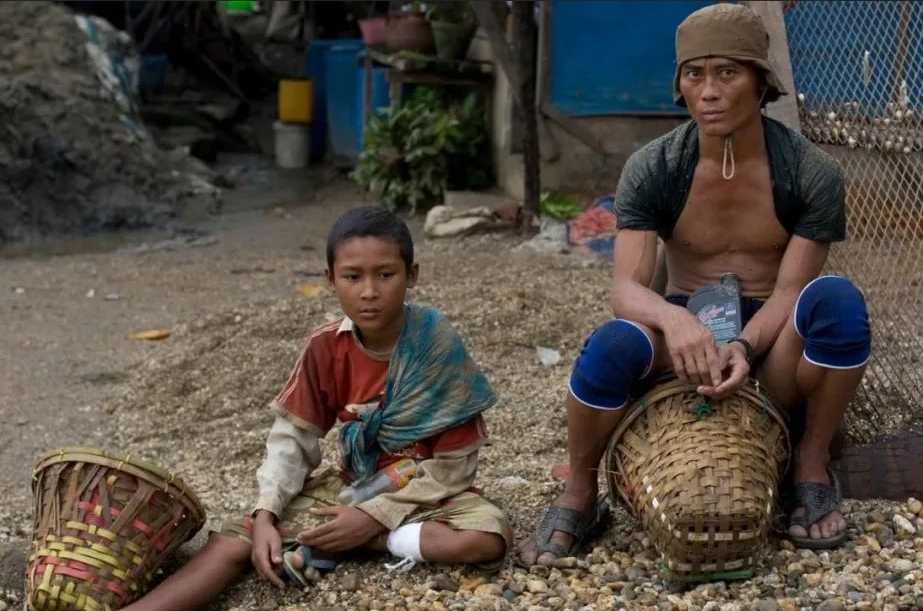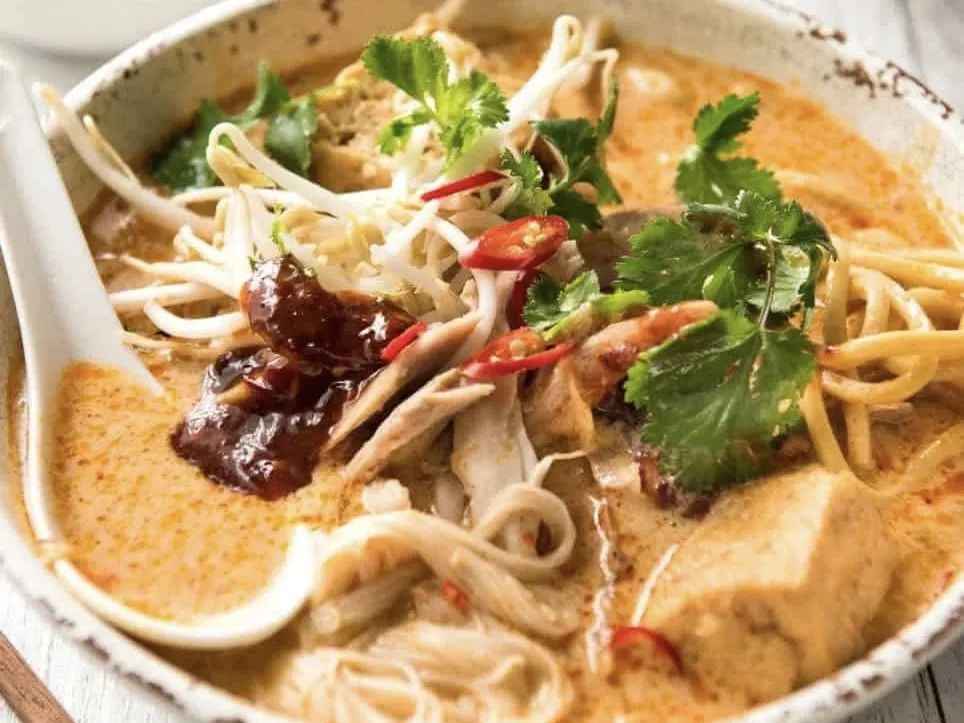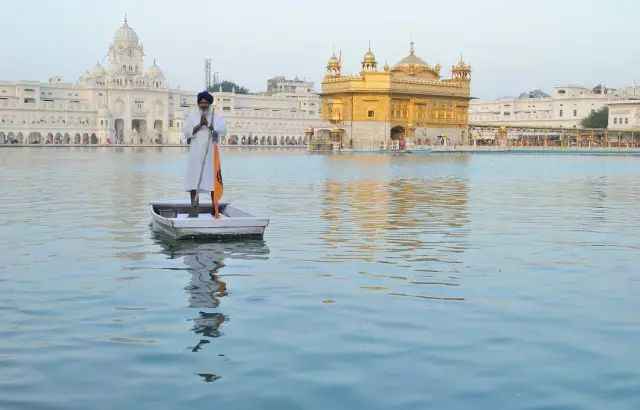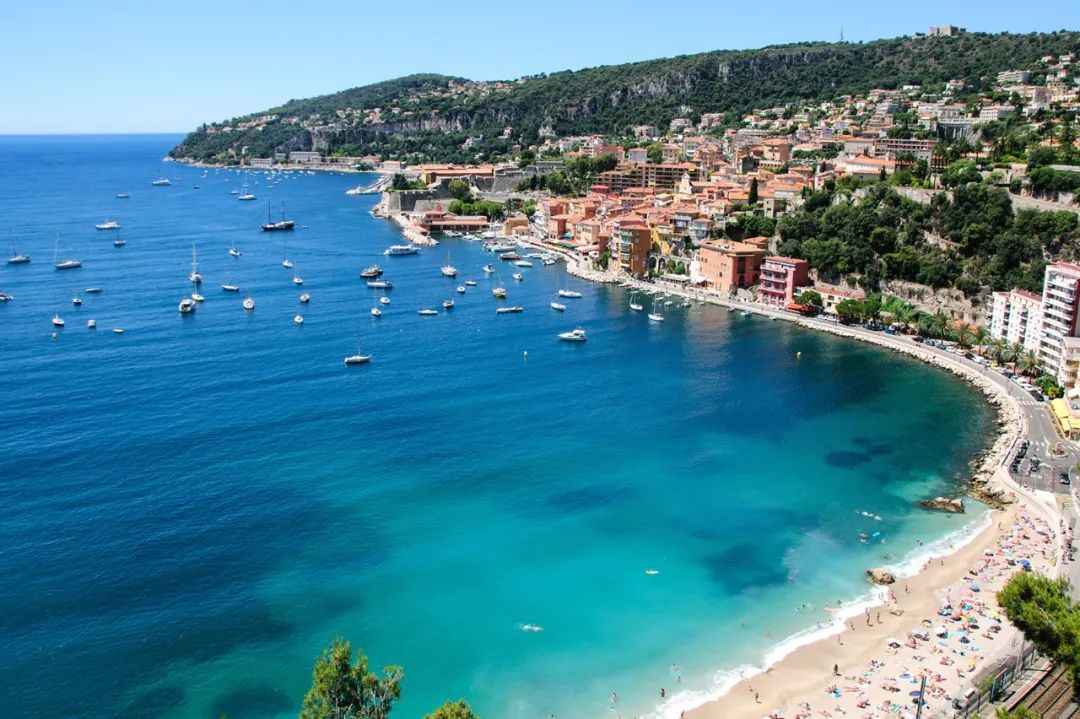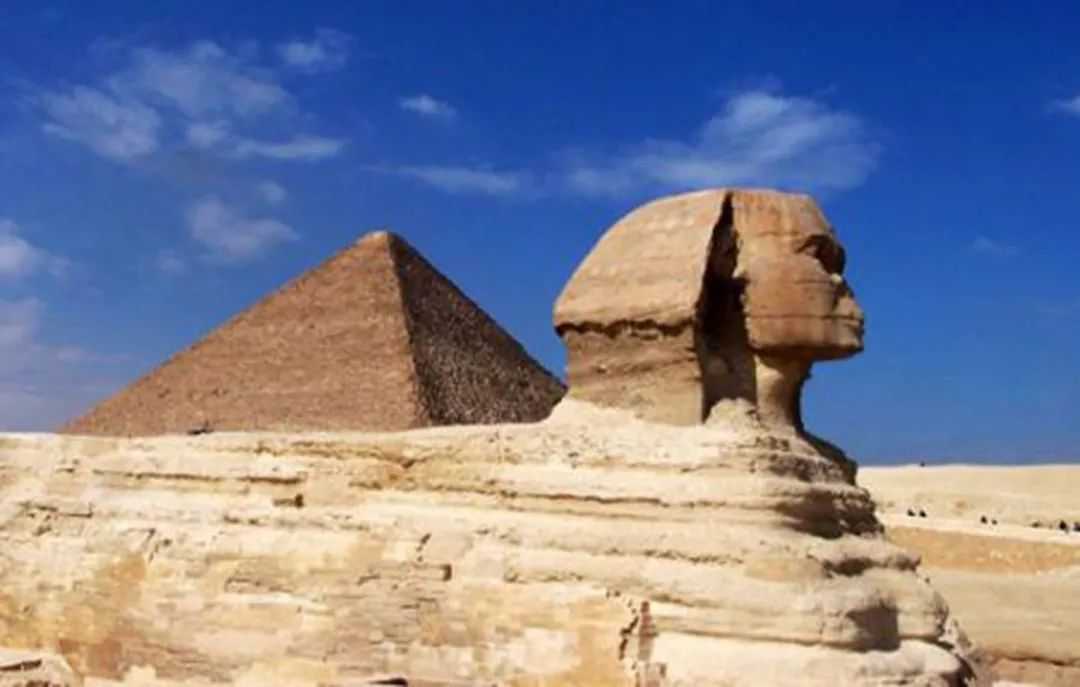Myanmar: A Nation of Contrasts—Rich Resources Amidst Shadow Economies
Myanmar, in Southeast Asia, evokes images of illicit activities like fraud and organ trafficking for many. Yet behind this grim reputation lies a land of immense potential: 680,000 square kilometers of diverse terrain—mountains, plateaus, and river deltas—fringed by 3,200 km of coastline, with the famed Golden Triangle within its borders.
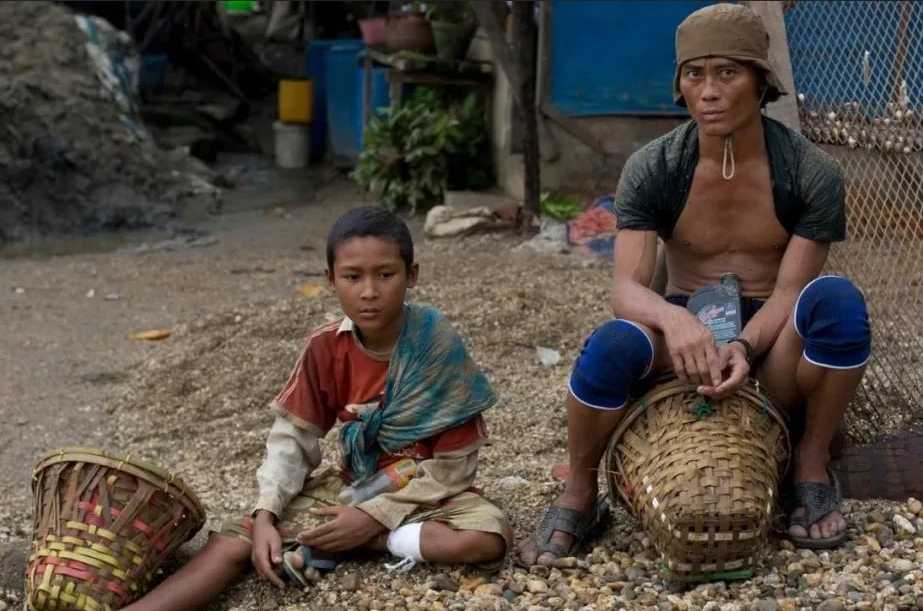
Source: Images from the Internet, if there is any infringement, please contact the removal of
Its natural wealth is staggering. Myanmar holds 80% of the world’s high-quality jade reserves and over 90% of global ruby deposits, alongside oil, gas, and minerals. Agriculturally, the Irrawaddy, Chindwin, and Salween rivers sustain fertile lands, once making it the world’s top rice exporter pre-WWII—a legacy of its agrarian strength.
But this prosperity remains untapped. Today, illegal industries thrive, partly fueled by economic desperation. Decades of instability, conflict, and mismanagement have left resources unregulated, with profits often siphoned off by elites or criminal networks, bypassing the struggling population.
The contrast is stark: a nation blessed with geographical and mineral bounty, yet trapped in cycles of poverty and lawlessness. Its rich history as a regional power and abundant resources hint at a brighter future—if stability and governance can replace the shadows that currently define it.
